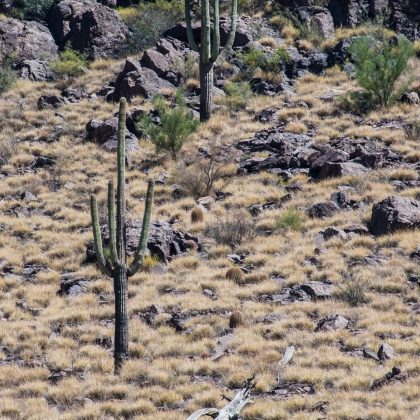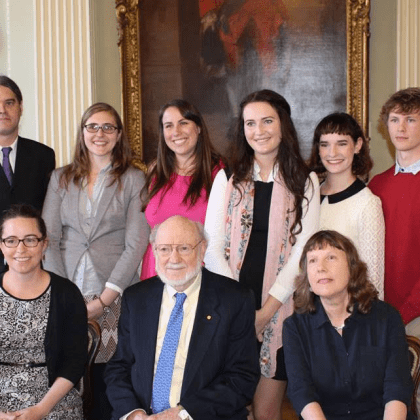What a decade of experience tells us about buffelgrass control

Buffelgrass is a highly invasive perennial that reduces the biodiversity of native ecosystems and provides ready fuel for wildfires in the arid regions where it thrives. After examining a decade of data from Arizona’s Saguaro National Park, researchers writing in the journal Invasive Plant Science and Management describe best practices for buffelgrass control.
Among the key takeaways:
- Chemical treatments with glyphosate have produced a level of control that is greater than or equal to that of mechanical removal methods.
- Early detection and treatment of new areas of buffelgrass invasion can increase treatment effectiveness, especially since low levels of the weed can quickly expand by multiple orders of magnitude.
- Treatments are likely to be more effective if spaced at an interval of less than three years.
- Steep slopes with south-facing aspects that favor buffelgrass growth may need more frequent treatment.
- If longer treatment gaps are necessary due to a lack of resources, treatments in areas with less favorable environmental conditions for buffelgrass (e.g., north-facing aspect, low topographic slope) can be cautiously discontinued on a temporary basis.
Want to learn more? Visit the article “Effectiveness of a decade of treatments to reduce invasive buffelgrass (Pennisetum ciliare)”






